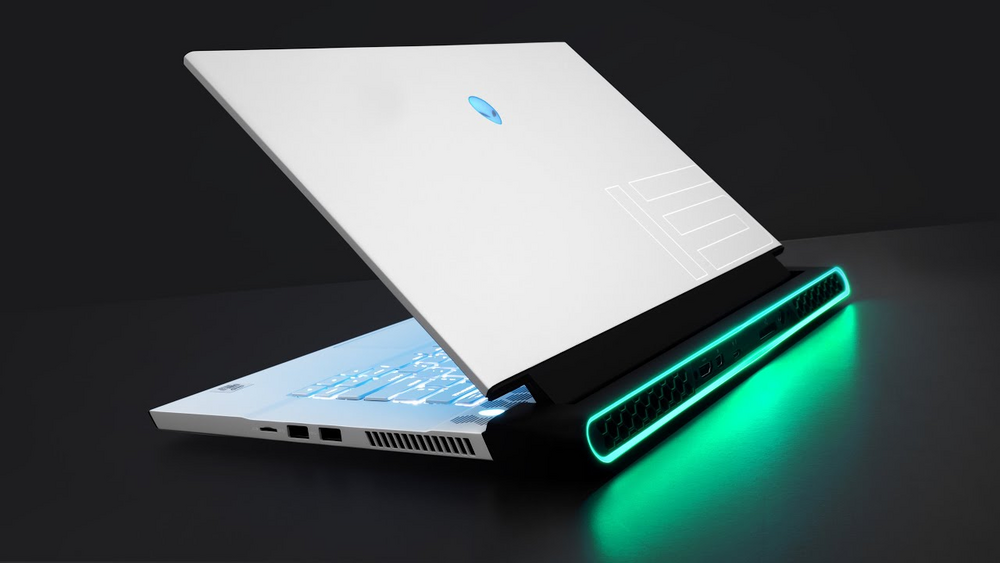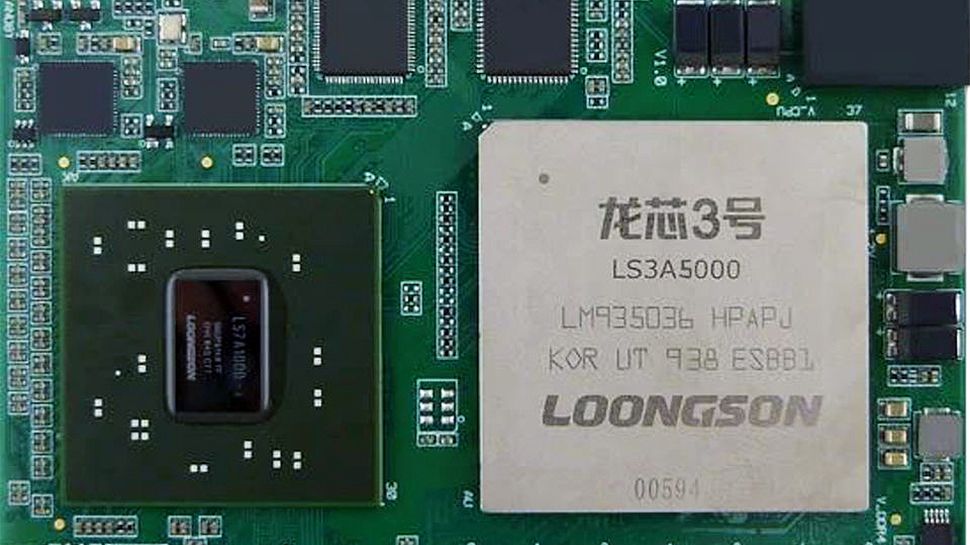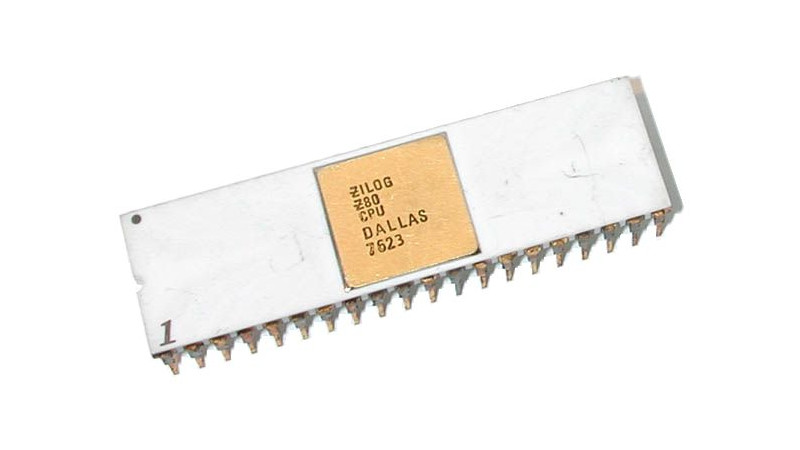
Intel Xe DG1 Benchmarked: Battle of the Weakling GPUs
We first heard about Intel's Xe Graphics ages ago, and even got a preview of the Xe DG1 "Test Vehicle" at CES 2020. As time continues ticking by, what once might have looked like something with the potential to show up as a budget option on our list of the best graphics cards feels increasingly like a part with no real market. Intel looks to be using this as more of a proof of concept than a full-fledged release — a chance to work out the kinks, as it were, before the real deal DG2 launch sometime, presumably later this year or in early 2022. Technically, the DG1 is available, but it can only be purchased with select pre-built PCs. That's because it lacks certain features and requires special BIOS and firmware support from the motherboard to function. But if you could buy it, or if you think one of these pre-built systems might be worthwhile, how does it perform? That's what we set out to determine. Best Buy currently sells precisely one PC that has an Xe DG1 card. The system comes from CyberPowerPC with a passively cooled DG1 model from Asus, and it might be the only pre-built and DG1 model considering what you get. Besides the graphics card, the PC otherwise has reasonable-looking specs, including a Core i5-11400F, a 512GB M.2 SSD, 8GB DDR4-3000 memory, and even a keyboard and mouse. One problem, however, is the use of a single 8GB DIMM from XPG. Another concern is the limited storage space — 512GB is enough for typical SOHO use, perhaps, but it can only hold a few of the larger games in our test suite. We fixed both problems by upgrading the memory and adding a secondary storage device. The system costs $750, and given the specs, we'd normally be able to build our own similar system for around $575, not including the graphics card. Unfortunately, that means we have about $175 to work with on the GPU. If these were normal times, we'd be looking at GTX 1650 or even GTX 1650 Super cards for that price. Sadly, these are still not normal times, as seen in our GPU price index, which means you'd be lucky to find even a GTX 1050 for that price. And that's part of what makes the Xe DG1 potentially interesting: Can it compete with some of the modest AMD and Nvidia GPUs, like the RX 560 and GTX 1050? Spoiler: Not at all, at least not in gaming performance. We also encountered quite a few issues along the way, too.
The Xe DG1 straddles the line between dedicated graphics and integrated graphics. Take Intel's mobile Tiger Lake CPU, rip off the Xe Graphics, turn that into a standalone product, and you sort of end up with the DG1. Of course, Intel had to add dedicated VRAM for the card, since it no longer relies on shared system memory. As noted above, it also requires a special motherboard BIOS that supports Intel Iris Xe, which generally limits it to certain B560, B460, H410, B365, or H310C chipset-based motherboards. The reasons for the motherboard requirement are a bit convoluted. In short, Xe LP, the GPU at the heart of the DG1, was designed first as an integrated graphics solution for Tiger Lake. As such, the VBIOS and firmware get stored in the laptop's BIOS. The DG1 cards don't have an EEPROM to store the VBIOS, which necessitates putting that into the motherboard BIOS. Which of course raises the question of why Intel didn't just put an EEPROM on the DG1, since that should have been possible. Regardless, you can't buy a standalone DG1 card, and even if you buy a system with the card like we did, you can't put the card into a different PC and have it work. Here's the full rundown of the Xe DG1 specs, with the Nvidia GT 1030 and AMD Vega 8 (AMD's top integrated graphics) that we'll be using as our main points of comparison.




















/cdn.vox-cdn.com/uploads/chorus_asset/file/25330660/STK414_AI_CHATBOT_H.jpg)
